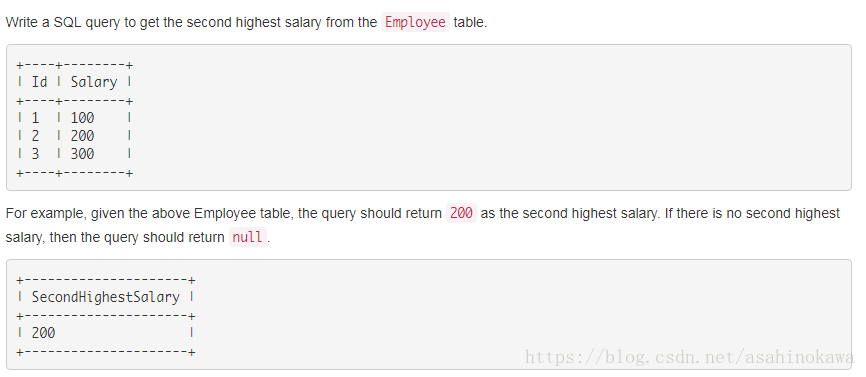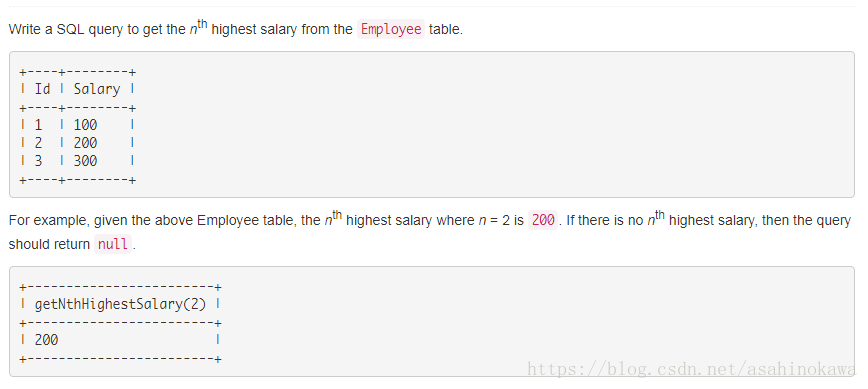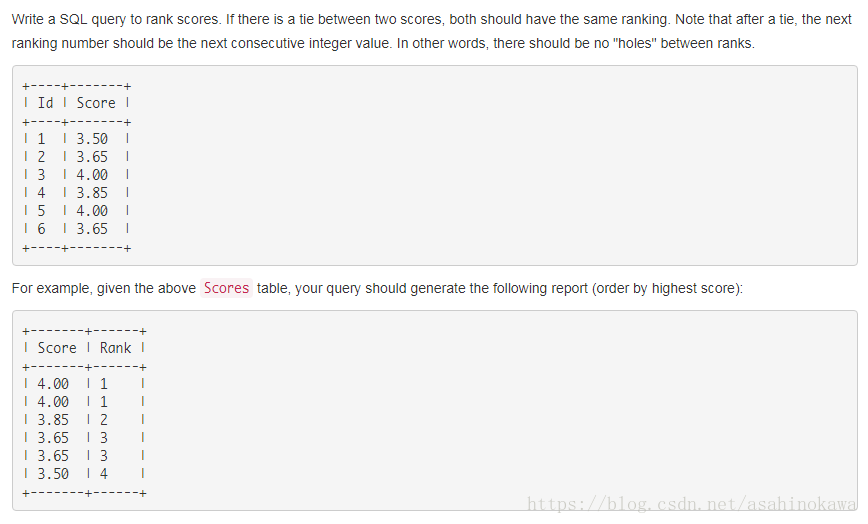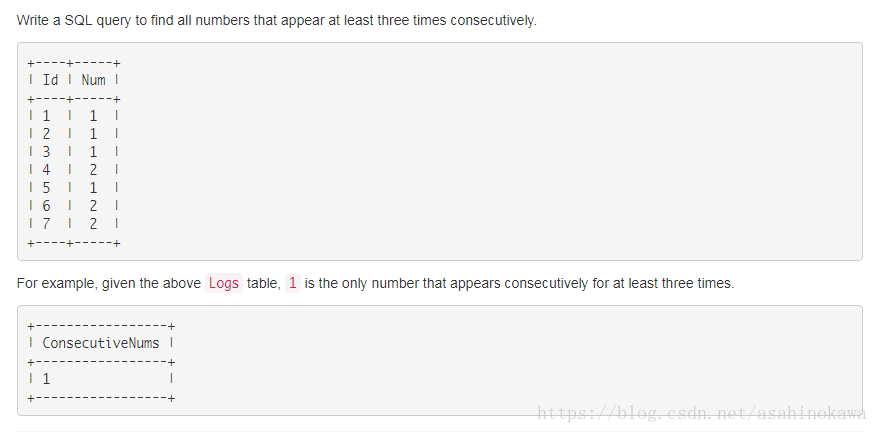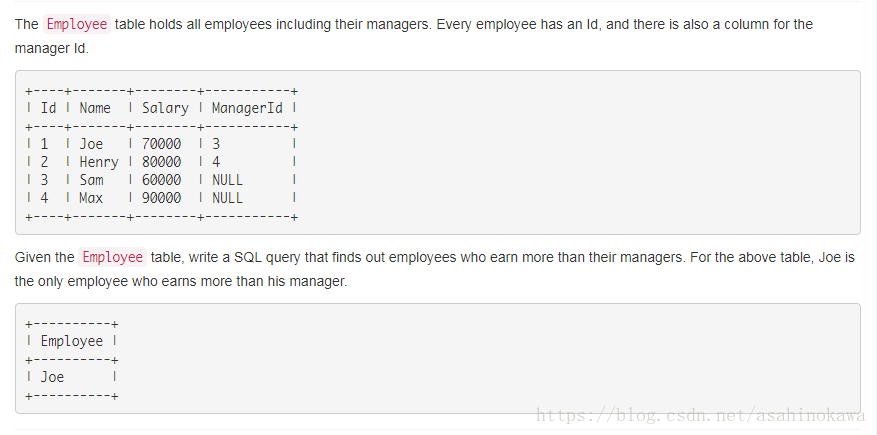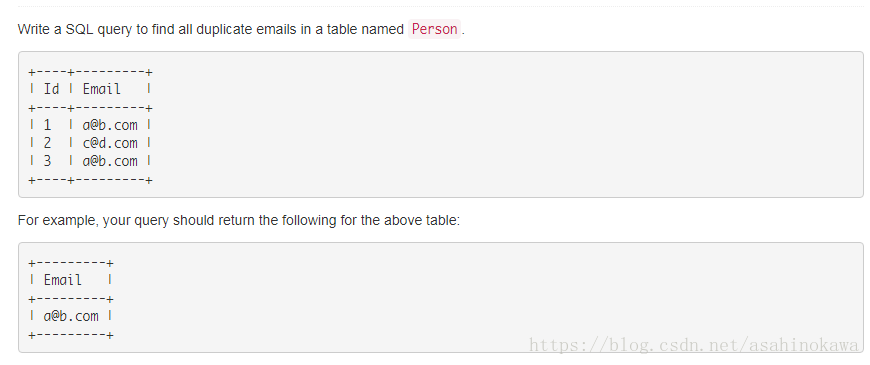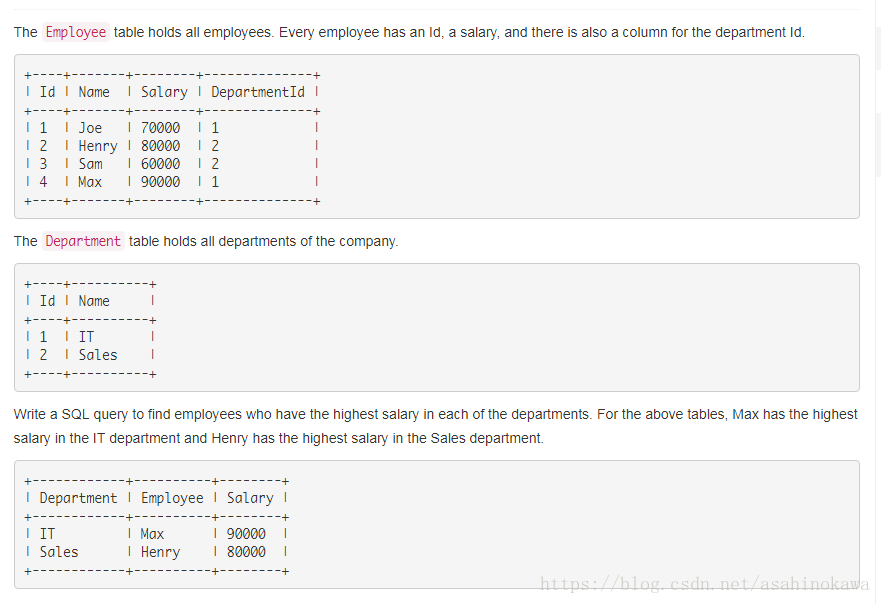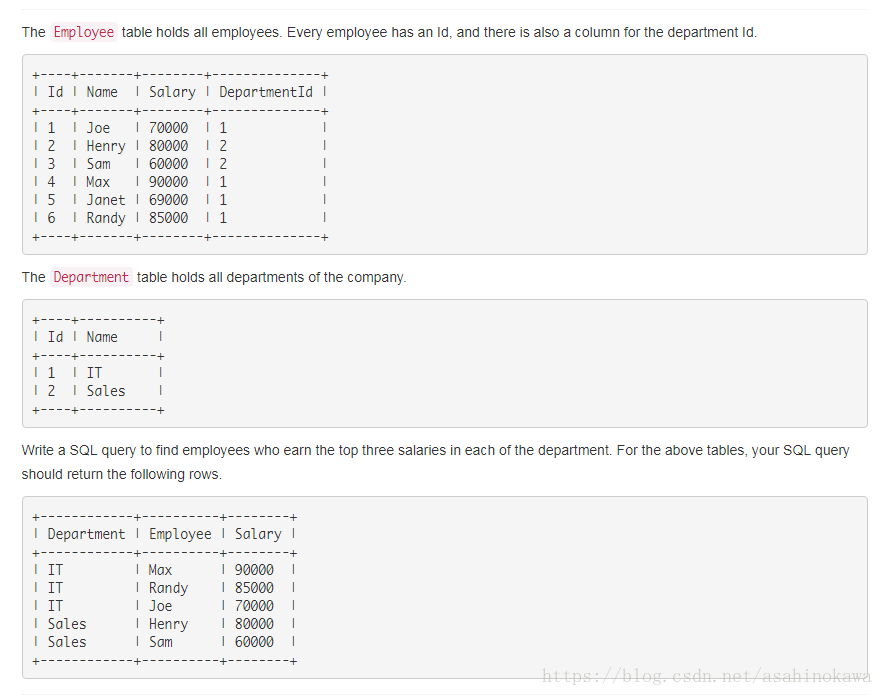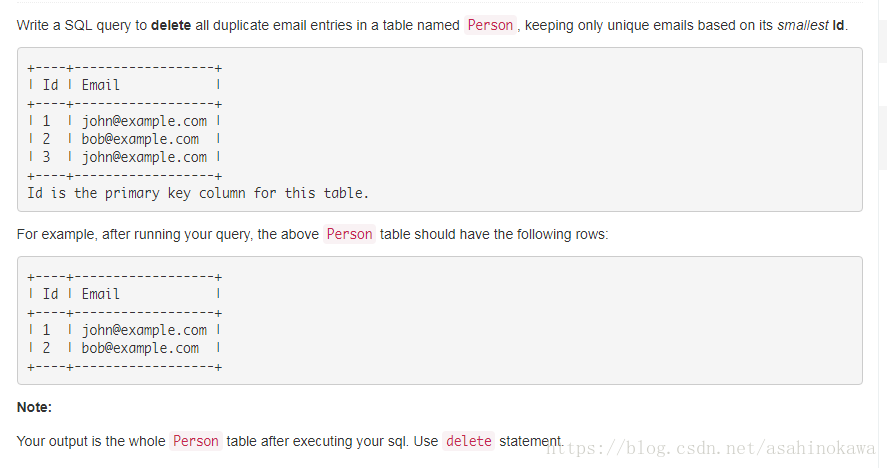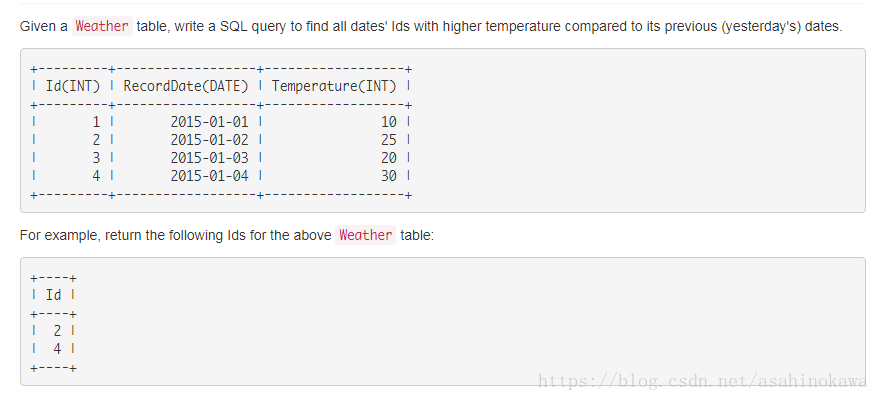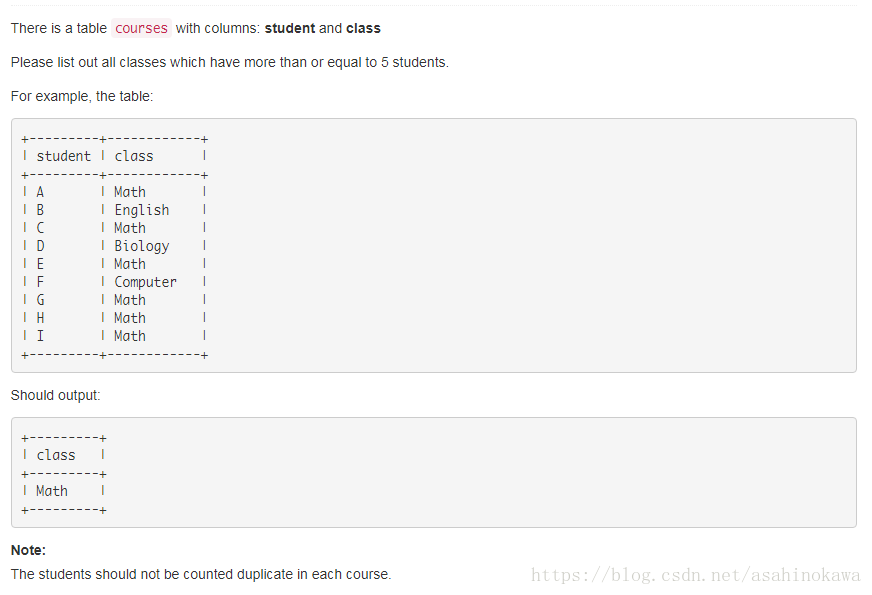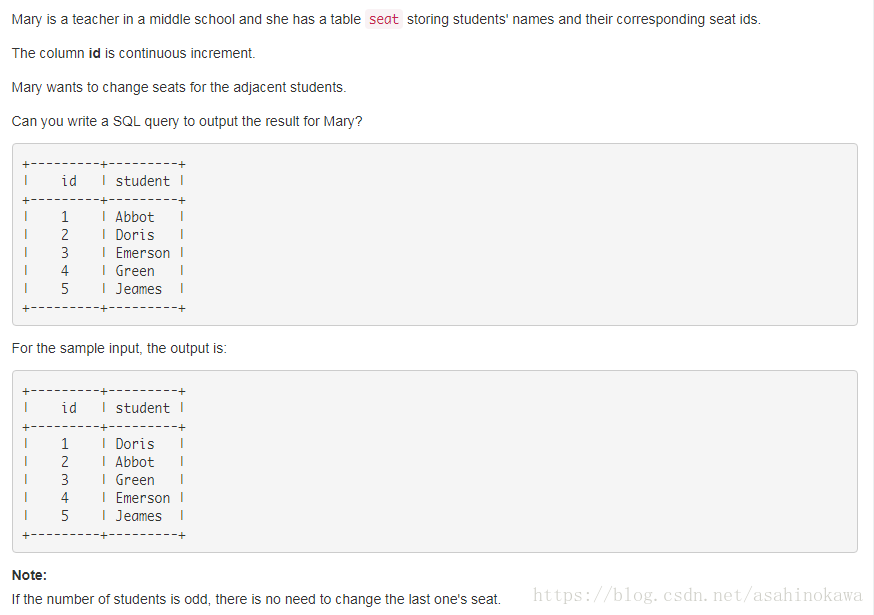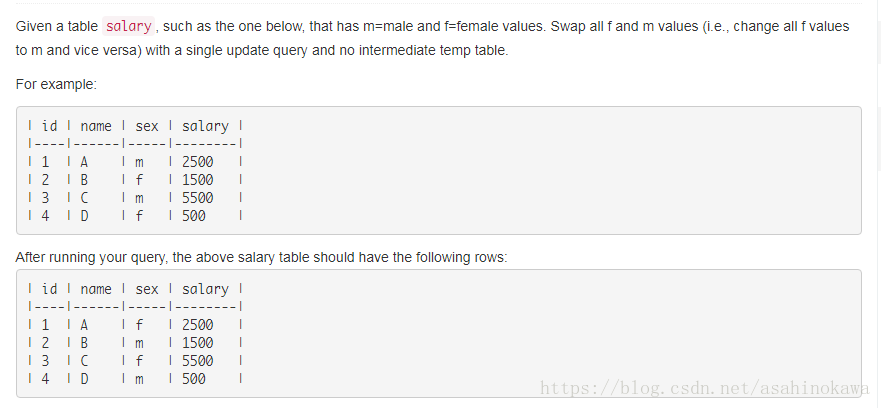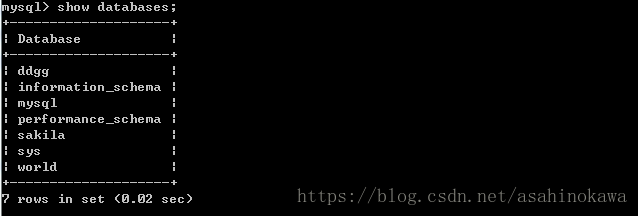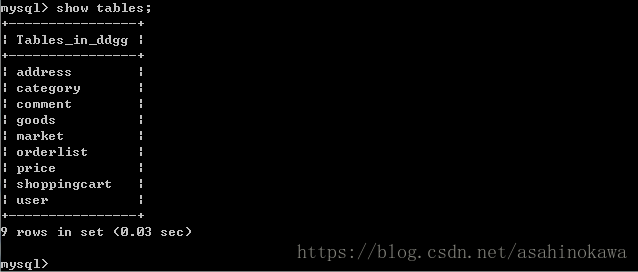1
2
3
4
5
6
7
8
9
10
11
12
13
14
15
16
17
18
19
20
21
22
23
24
25
26
27
28
29
30
31
32
33
34
35
36
37
38
39
40
41
42
43
44
45
46
47
48
49
50
51
52
|
SET NAMES utf8mb4;
SET FOREIGN_KEY_CHECKS = 0;
DROP TABLE IF EXISTS `trips`;
CREATE TABLE `trips` (
`id` int(10) UNSIGNED NOT NULL AUTO_INCREMENT,
`client_id` int(10) UNSIGNED NOT NULL,
`driver_id` int(10) UNSIGNED NOT NULL,
`city_id` int(11) NOT NULL,
`status` enum('completed','cancelled_by_driver','cancelled_by_client') CHARACTER SET utf8 COLLATE utf8_general_ci NOT NULL,
`request_at` date NOT NULL,
PRIMARY KEY (`id`) USING BTREE,
INDEX `client_fk`(`client_id`) USING BTREE,
INDEX `driver_fk`(`driver_id`) USING BTREE,
CONSTRAINT `client_fk` FOREIGN KEY (`client_id`) REFERENCES `users` (`user_id`) ON DELETE RESTRICT ON UPDATE RESTRICT,
CONSTRAINT `driver_fk` FOREIGN KEY (`driver_id`) REFERENCES `users` (`user_id`) ON DELETE RESTRICT ON UPDATE RESTRICT
) ENGINE = InnoDB CHARACTER SET = utf8 COLLATE = utf8_general_ci ROW_FORMAT = Dynamic;
INSERT INTO `trips` VALUES (1, 1, 10, 1, 'completed', '2013-10-01');
INSERT INTO `trips` VALUES (2, 2, 11, 1, 'cancelled_by_driver', '2013-10-01');
INSERT INTO `trips` VALUES (3, 3, 12, 6, 'completed', '2013-10-01');
INSERT INTO `trips` VALUES (4, 4, 13, 6, 'cancelled_by_client', '2013-10-01');
INSERT INTO `trips` VALUES (5, 1, 10, 1, 'completed', '2013-10-02');
INSERT INTO `trips` VALUES (6, 2, 11, 6, 'completed', '2013-10-02');
INSERT INTO `trips` VALUES (7, 3, 12, 6, 'completed', '2013-10-02');
INSERT INTO `trips` VALUES (8, 2, 12, 12, 'completed', '2013-10-03');
INSERT INTO `trips` VALUES (9, 3, 10, 12, 'completed', '2013-10-03');
INSERT INTO `trips` VALUES (10, 4, 13, 12, 'cancelled_by_driver', '2013-10-03');
SET FOREIGN_KEY_CHECKS = 1;
|

